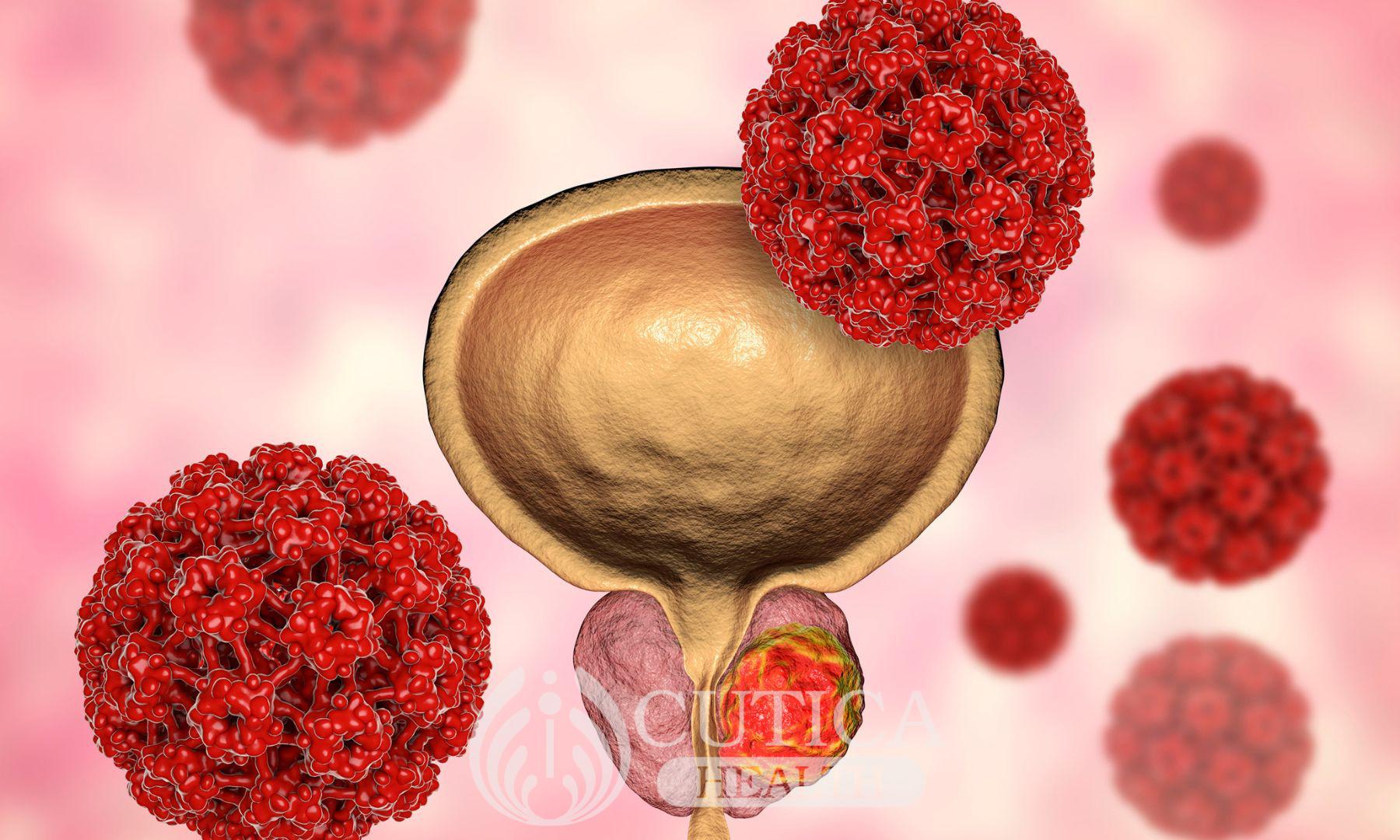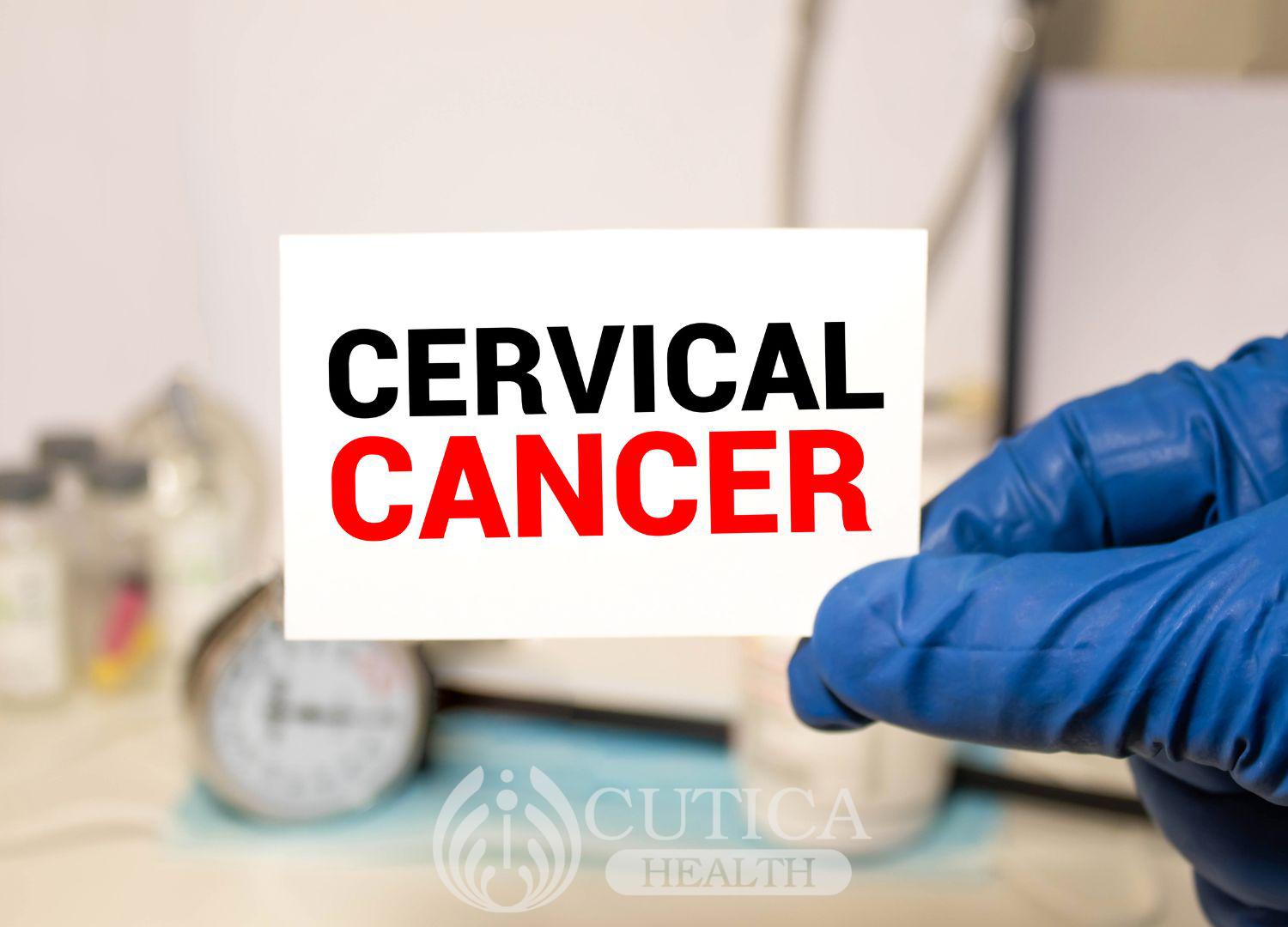
Endometrial cancer is cancer of the inner lining of the womb, which is called the endometrium. This cancer is more common in high-income countries than Africa, and cases are rising globally.

The cause of endometrial cancer is not clear yet, but there are some risk factors:
- Hormonal Problems: Diseases or conditions that increase the amount of oestrogen, but not the level of progesterone, can increase the risk of endometrial cancer. Examples include irregular ovulation patterns, which might happen in polycystic ovary syndrome and obesity. Taking hormones after menopause that contain oestrogen but not progesterone increases the risk of endometrial cancer. Also, a rare type of ovarian tumour that secretes oestrogen also can increase the risk of endometrial cancer.

- More years of menstruation: Starting menstruation at an early age — before age 12 — or beginning menopause (i.e. ending menstruation) later increases the risk of endometrial cancer. The more periods a person has had the more exposure the endometrium has had to oestrogen.
- Older age: As with most cancers, being older increases the risk of endometrial cancer. Endometrial cancer occurs most often after menopause.
- Never having been pregnant: If an individual has never been pregnant, there is a higher risk of endometrial cancer compared to someone who has had at least one pregnancy.
Obesity: Obesity increases the risk of endometrial cancer. This may occur because excess body fat alters the body’s balance of hormones. Type 2 diabetes has also been linked to increased risk.
- Hormone therapy for breast cancer. Taking the hormone therapy drug tamoxifen for breast cancer can increase the risk of developing endometrial cancer. For individuals taking Tamoxifen, discuss this risk with your doctor. For most, the benefits of tamoxifen outweigh the small risk of endometrial cancer.
An inherited colon cancer syndrome. Lynch syndrome, also called hereditary nonpolyposis colorectal cancer (HNPCC), is a syndrome that increases the risk of colon cancer and other cancers, including endometrial cancer. Lynch syndrome is caused by an abnormal gene passed from parents to children.
Symptoms of Endometrial Cancer
- Abnormal menstrual bleeding is the commonest symptom of endometrial cancer, with 9 in 10 women with endometrial cancer experiencing this. Examples include vaginal bleeding after menopause, bleeding between periods, heavy vaginal bleeding.
- Vaginal discharge that may range from pink and watery to thick, brown, and foul smelling.
- Difficult or painful urination.
- Pain during intercourse.
- Unexpected weight loss.
Pain or mass in the lower abdomen

Treatment of endometrial cancer
The most successful treatment for early cancer is total hysterectomy with bilateral salpingo-oophorectomy, in which the uterus, cervix, ovaries, and fallopian tubes are removed. In addition, any suspicious lymph nodes and other tissue and organs are biopsied and also may be removed. This surgery is most likely to prevent the cancer from coming back.
If the cancer has spread beyond the uterus, then after surgery the patient is offered radiation therapy, often in combination with chemotherapy, to wipe out the remaining cancer cells. Some doctors also recommend radiation when the tumour is large but has not spread beyond the uterus.

Patients with widespread endometrial cancer usually receive hormone therapy, usually progesterone, to slow the cancer’s growth. Chemotherapy or radiation might also be given to reduce the size and number of tumours – all of which can prolong life and relieve symptoms. If treatment successfully destroys distant tumours and the remaining cancer is confined to the uterus, cervix, ovaries, and fallopian tubes, surgery may then be performed.












